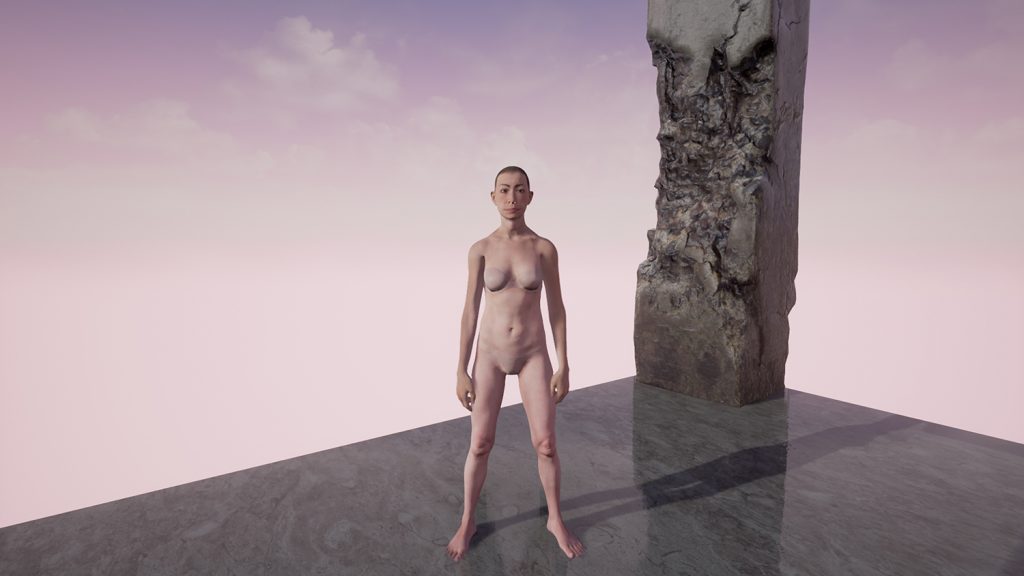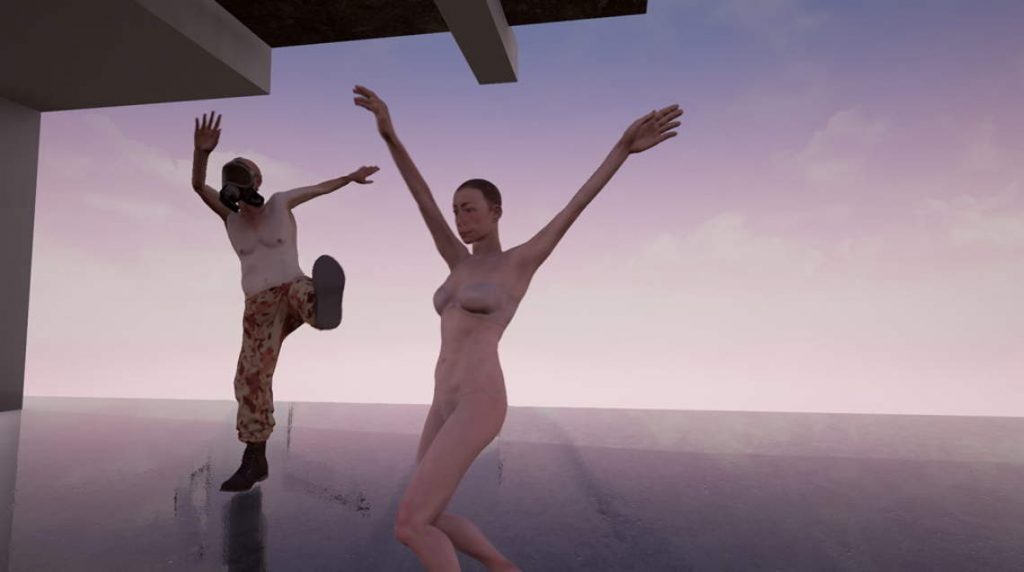Having been engaged in the Game-Art and featured in many mixed exhibitions, Kaan Sofuoğlu was one of the notable participants of Mamut Art Project held last month. We conversed with Sofuoğlu on digital art about which he feels pretty enthusiastic.
Can you briefly introduce yourself?
I was born in Istanbul in 1992. I study photography and video at Yıldız Technical University and am currently doing 3D models and animation for an international company.
Can you talk about your interest in digital art?
I feel very excited about “digital art,” which, in the broadest sense, is a field where digital technology is utilized for an artistic motivation. However, I keep this interest of mine separate from the admiration I have for the benefits of digital technology. What impresses me is human nature interpreted through technology. Most of the time, digital art can be confused with sci-fi. Maybe one reason is that there hasn’t yet been a widespread language for this new material.
Game-Art is a new concept for most of us. Can you talk about this technique a little bit?
To me, Game-Art comprises games produced with intellectual goals. It doesn’t have to be video, it can be a physical one as well. It can be art or an adversary stand.
Can you elaborate on that?
First, you need a setup and a player. The game necessitates being experienced – as defined by the artist – by others in order to be art. Since fun is not the goal here, it can be exempt from general principles of gaming such as competition or gaining score.

Who inspires you in this field?
I try to follow up what’s going on on Ars Electronica, a platform dedicated to digital arts. Artists and curators in the Far East make very impressive works as well. There are notable artists in Turkey by whom I’m hugely inspired; it doesn’t make a difference whether their works are digital or not.
How do you think Game-Art will spark changes in the future understanding of art?
As a viewer, I believe that art is a good excuse to remember the universe because it contains information about the universe – as long as art is about “everything” and stays in touch with humanity.
No matter the method, what else is there to change but the definitions?
Digital art is a question of philosophy. There will be more virtual reality works in the future that emphasize the power of technique. Nowadays it’s more about works that are associated with abstraction. How should I put it? The trend of “game-like” will be popular for some time. The influence of the indie game culture plays a huge part in this in addition to the fact that Game-Art is a budding discipline. Of course, these are all assumptions.
Your work “Phole AI” at Mamut Art Project has attracted many visitors. How did you find the name and what does it mean?
Phole AI is the abbreviation of two words. Phole is short for pinhole camera, and AI is short for artificial intelligence. Various resources date the origin of digital art as far back as the invention of photography. Pinhole (or camera obscura) is the oldest known technique to produce image. Since the project is a visual one made with computer coding, I wanted to use a name that eludes to the future.
What kind of feedback have you received after Mamut Art Project?
People were surprised to see a video game while they were expecting an artwork. There has been some productive exchange of ideas during and after the exhibition. Guests read my writing on the wall which was the most important thing for me. Everyone can easily express their opinion when they feel that you’re sincere. I’ve made many friends there and we still continue our discussion through e-mail. I believe that I need others to understand what I’m doing.
A question of exhibition/purchase always arises in digital art techniques such as Game-Art. Have you received a comment like “I want to purchase Phole AI but I don’t know how or where to display it”?
Yes, for some reason, there’s been great talk about this. The fact that the project needs a computer to run is one of the concerns of the collector. But despite that, the demand was huge.
Following Phole AI, is there a new project you’re working on?
I’m working on a new game. This time, I’ll take reference from more familiar games. It’s important to find the opportunity or a venue. I wish to collaborate with people with whom I share similar interests, to learn from them, and to make new works in the future.

